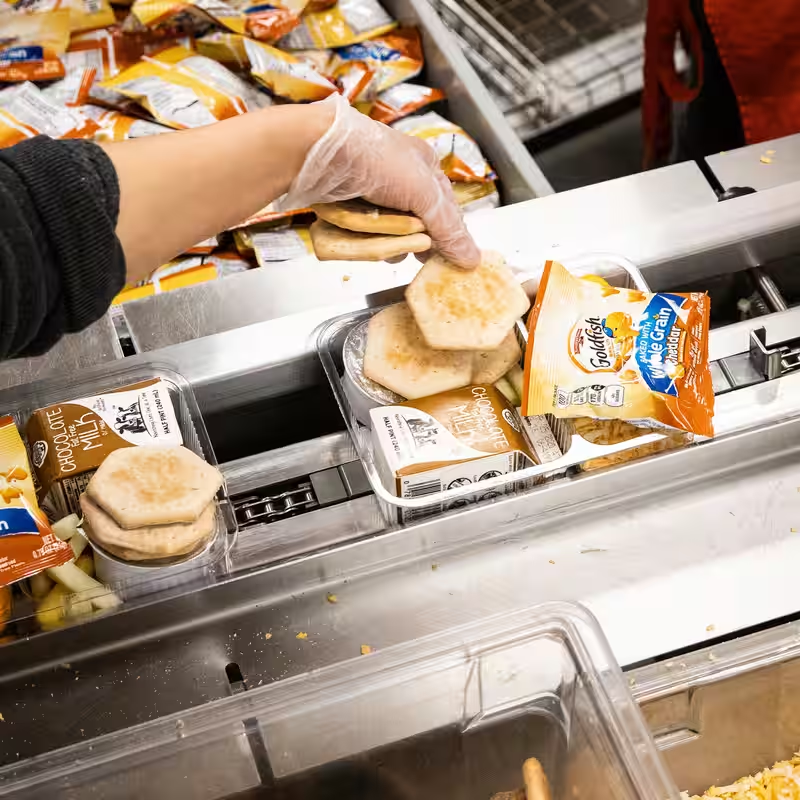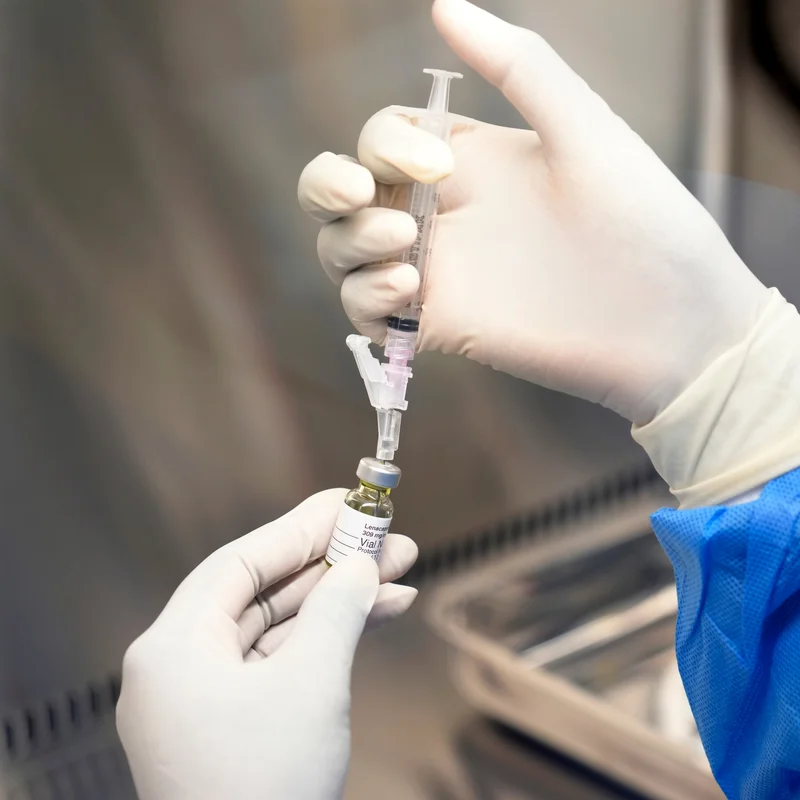Starting in 2035, California school cafeterias will look dramatically different. Thanks to a groundbreaking new law signed by Governor Gavin Newsom, the Golden State is becoming the first in the nation to legally define—and ban—certain ultraprocessed foods from K–12 schools. The move is already being hailed as a potential blueprint for the rest of the country.
What Are Ultraprocessed Foods—and Why Are They Banned?
Ultraprocessed foods are industrial formulations made mostly or entirely from substances extracted from foods (like oils, fats, sugars) or synthesized in labs (like artificial flavors, colors, and preservatives). Think: sugary cereals, packaged snacks, frozen meals, and even some school lunch staples like chicken nuggets and flavored milk.
According to the New York Times, these foods account for a staggering 62% of the calories consumed by U.S. children. Research links them to obesity, Type 2 diabetes, heart disease, and even behavioral issues in kids.
Until now, regulating them has been nearly impossible—because no legal definition existed. California just changed that.
The First-Ever Legal Definition of Ultraprocessed Foods
Dubbed the Real Food, Healthy Kids Act, the new law defines ultraprocessed foods as any product that contains one or more of the following:
- Synthetic food dyes (like Red 40 or Yellow 5)
- Artificial or “natural” flavoring agents
- Emulsifiers, thickeners, or stabilizers (e.g., carrageenan, xanthan gum)
- High levels of saturated fat, sodium, or added sugars
- Any amount of artificial sweeteners or sugar alcohols (like aspartame or erythritol)
Starting July 1, 2035, any food meeting this criteria will be banned from most public school meals and vending machines across California.
Why This Could Reshape School Lunches Nationwide
California isn’t just any state—it’s the largest purchaser of school food in the U.S. When it sets new standards, food manufacturers often reformulate products nationwide to meet them, rather than creating separate supply chains.
“This law could have ripple effects across the country,” said Dr. Lindsey Smith Taillie, a nutritional epidemiologist at UNC Gillings School of Global Public Health. “If a snack company changes its recipe to sell in California schools, that same product will likely end up in Ohio, Texas, and Maine too.”
Health Secretary Robert F. Kennedy Jr. has called ultraprocessed school foods “poison”—a strong term, but one that reflects growing alarm among pediatricians and public health experts.
What Will Kids Eat Instead?
The law doesn’t just ban—it builds. Schools will receive state support to transition to whole, minimally processed foods: fresh fruits and vegetables, whole grains, lean proteins, and dairy without added sugars or artificial ingredients.
“This isn’t about taking food away,” said one California school nutrition director. “It’s about giving kids real fuel for learning, focus, and long-term health.”
Timeline and Implementation
With a decade-long runway (2025–2035), districts have time to adjust menus, train staff, and partner with local farms and suppliers. Advocates say the phased approach is key to success—avoiding the chaos that can come from sudden mandates.




